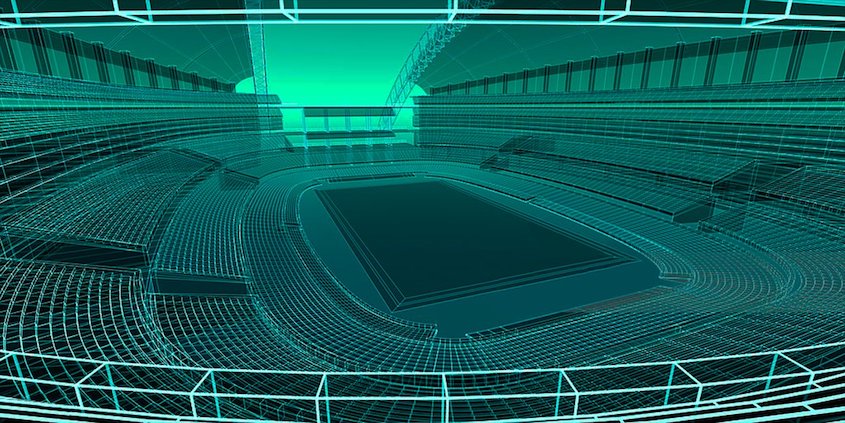Technological integration in sporting premises, generating hybrid spaces such as digital gyms, should not only be reduced to the private sphere but also be available for all citizens.
Technological advances during the last decade have enabled the development of professional and social life, as well as everything related to leisure and recreational activities. Sports have also benefited from the incorporation of new technologies at the professional and amateur levels.
Gyms have seen an increase in the number of clients interested in taking care of their health through the practice of physical activity. Thus, new times require new methods destined to enable their clients to practice healthy workout routines in which technology forms a fundamental companion. Be it for analyzing their physical evolution or to enjoy their leisure time.
Digital gyms are hybrid spaces in which technology and sporting activities go hand in hand. Diverse types of devices allow their clients to complement their physical practice in a different way. Stationary bicycles in which an avatar on the screen tours the cycling route, or digital rows that keep track of the watios generated with movement, serve to illustrate the blend of technology and sports in the same space.
Nevertheless, all these technologies applicable to sports should not be limited to private spaces. Public administrations should make an effort in order to promote the access for all citizens to public spaces in which these health-oriented technologies are present.
Technology and sports available for all
The diverse technological means applicable to the sports world should be available for the use of every citizen, regardless of their social status, age or physical condition. Therefore, all types of groups should be accommodated, such as the senior population, the handy caped or people with reduced mobility, immigrants, etc.
It is the role of the public administrations to work in order to promote the creation and maintenance of the so-called Smart Cities. That is, cities that use their infrastructures, innovation, and technology in order to achieve sustainable development. Within them, the concern for physical activity is manifested in the creation of digitalized hybrid urban parks, in which technology and sports go hand in hand.
It is important to consider that for the year 2050, it is estimated that 66% of the world population will live in urban centers. With the digitalization of numerous procedures, commutes are being reduced, helping to decrease traffic and CO2 emissions. The use of electric bus fleets results in a sustainable public transport. Moreover, real time monitoring of water and air quality enables us to track pollution levels and to act fast to confront any alerts. In cities such as Valencia, small spaces have been created where technologies oriented to the training of basic physical abilities are integrated.
Employment opportunities for Sports and Physical Activity Science graduates
Without a doubt digital gyms and public digital sporting spaces are an interesting job opportunity for Sports and Physical Activity Science graduates. A new and attractive field with numberless possibilities for the future.
The study plans of these degrees should take care of offering expert training on this topic. The future professionals working in this type of hybrid spaces should know how to:
Evaluate individuals’ physical condition and health status through the diverse health indicators that can be addressed through the sport’s and physical activity sciences.
Elaborate programs depending on individual needs, as well as establish the kind of activities and technological tools more adequate for this process
Review the program, on-site or online, offering a personalized monitoring of the workout, in order to conduct it correctly. In this way, injuries can be avoided, or the deterioration of existing illnesses. With the help of Apps destined for such use, it is possible to track personal data in real time as well as their improvement levels.
Coordinated by Miguelo Betancor León with Fernando Gómez Gonzalvo and Kevin Vázquez from @eSportTalentCan

